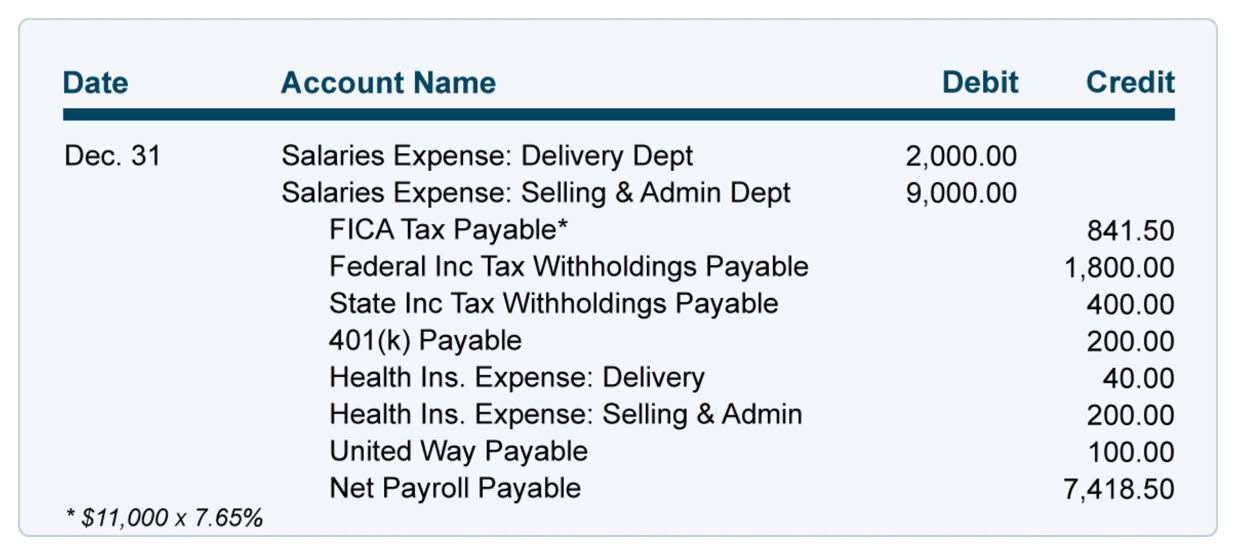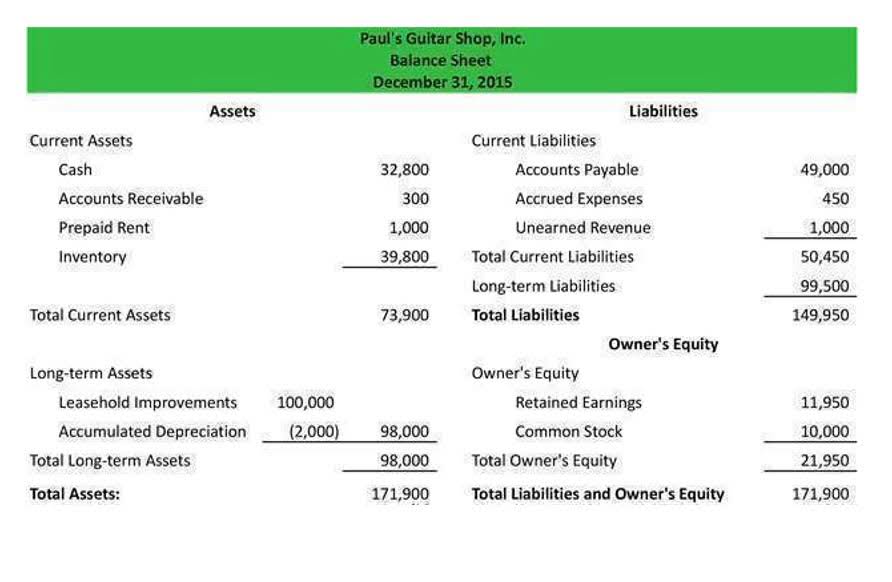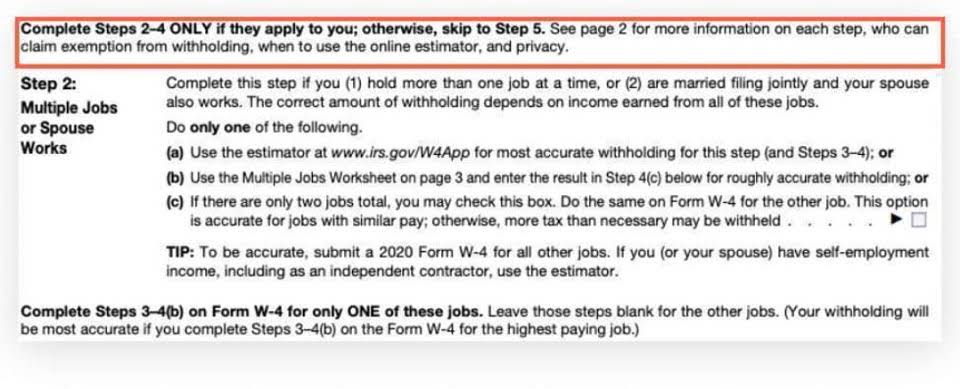
Recall that the general ledger is a record of each account andits balance. Reviewing journal entries individually can be tediousand time consuming. The general ledger is helpful in that a companycan easily extract account and balance information. We now return to our company example of Printing Plus, LynnSanders’ printing service company. We will analyze and record eachof the transactions for her business and discuss how this impactsthe financial statements. Some of the listed transactions have beenones we have seen throughout this chapter.
Revenue Recognition

Record the date, accounts affected, amount, and a short description of the transaction. Journal entries make it easy to track transactions and reconcile financial information before it is used for further accounting purposes. A record of transactions in accounting is created when you journalize transactions. Journal entries are records of financial transactions in accounting, detailing the accounts affected and the amounts debited or credited.
- There are different types of journal entries that serve different purposes.
- Creating a journal entry requires a methodical approach to ensure accuracy and conformity with accounting standards.
- Adjusting entries are vital for accurate financial reporting and compliance with accounting standards.
- When your business incurs an expense, such as buying supplies or paying for utilities, you make a journal entry to reflect that.
- A journal keeps a historical account of all recordable transactions with which the company has engaged.
Credit Cloud
An income that has been earned, but not yet received in the current financial year is called Accrued Income. Withdrawal of any amount in cash or kind from the enterprise for personal online bookkeeping use by the proprietor is termed as Drawings. The Drawings account will be debited, and the cash or goods withdrawn will be debited. Entry #4 — PGS purchases $50,000 worth of inventory to sell to customers on account with its vendors. Financial statement analysis is crucial in assessing the health of your company and identifying areas for improvement.
Journal entry credits and debits
- Journal Entries use a standard format to record transactions.
- More detail for each of these transactions is provided, along with a few new transactions.
- By using T-Accounts, you can easily identify any recording errors and quickly correct them.
- The first element is self-explanatory for most small businesses—it’s the date that the transaction being recorded by the journal entry took place.
- Creating a journal entry for a cash account is like updating your piggy bank balance.
- You notice there are already figures in AccountsPayable, and the new record is placed directly underneath theJanuary 5 record.
- In the journal entry, the $7,300 payment of cash goes on the right (credit) side of the account because Cash is decreasing.
Finally, update your trial balance to reflect these corrections and ensure everything is balanced once again. When shares in a business are repurchased, debit treasury stock, and credit cash. In this case, the applicable expense is debited, and accrued Bookkeeping for Etsy Sellers expense is credited.

Goods are denoted as ‘Purchases A/c’ when goods are purchased, and ‘Sales A/c’ when they are sold. Entry #14 — PGS has more cash sales of $25,000 with cost of goods of $10,000. One common mistake is transposing numbers, which can easily happen if you’re rushing or not double-checking recording transactions in a journal your work.
This helps in identifying and correcting any discrepancies early, thereby preventing potential errors from escalating. Implementing internal controls and checks can further enhance the accuracy of journal entries. Transaction #3 – On March 10th, the company purchased direct material for inventory that was worth $4,000 on credit. This will result in an increase in an asset account which is a debit and a credit to Accounts Payable in the amount of $4,000.

- When cash will be paid later the account we use to track what the business will be paying later is Accounts Payable.
- To prevent this error, develop a system for keeping track of all transactions and ensure they are recorded promptly.
- Each method has its rules, but the resulting entries remain the same.
- The journal entries are periodically posted to the general ledger, where they are summarized and categorized for financial reporting.
- If there was a debit of $5,000 and acredit of $3,000 in the Cash account, we would find the differencebetween the two, which is $2,000 (5,000 – 3,000).
The most common type is the simple journal entry, which involves a single debit and a single credit. This type of entry is straightforward and is used for basic transactions such as cash sales or expenses. Simple journal entries are essential for maintaining clarity and simplicity in financial records. This is essential for period-end reporting and ensures that transactions are recorded in the correct accounting period. The entry also specifies the accounts affected, detailing which accounts are debited and which are credited. This dual-entry system helps maintain the balance in the accounting equation, ensuring that total debits equal total credits.
Transaction #2 – On March 5th, the company paid their first month’s rent of $1,700. The expense is recorded by debiting it and deceasing cash by crediting it. Simple journal entry – There will be NO more than 2 accounts involved, one for debit and the other for credit.
